Disaster Information

How can I prepare myself to give effective first aid in case of a natural disaster ?
To prepare for effective first aid in natural disasters, it's important to get educated and trained in basic life-saving techniques, assemble a well-stocked emergency kit, maintain personal health, engage in community preparedness efforts, and stay informed through reliable sources. This comprehensive approach ensures readiness to handle medical needs during disasters and enhances overall resilience.

What is disaster risk management ?
Disaster risk management (DRM) is a comprehensive approach aimed at reducing the impact of natural and human-made disasters on communities. It involves understanding, assessing, and reducing risks through prevention, preparedness, response, and recovery strategies. The goal is to ensure that people's lives and livelihoods are not compromised by disaster events. Key components include risk assessment, hazard mitigation, early warning systems, emergency planning, community education, immediate action, coordination, rehabilitation, reconstruction, and sustainable development. Best practices involve multi-stakeholder collaboration, gender sensitivity, use of technology, inclusive planning, and regular review and updating. Challenges include limited resources, political will, information gaps, and cultural differences. Effective DRM requires a multifaceted approach that considers social, economic, and environmental factors.
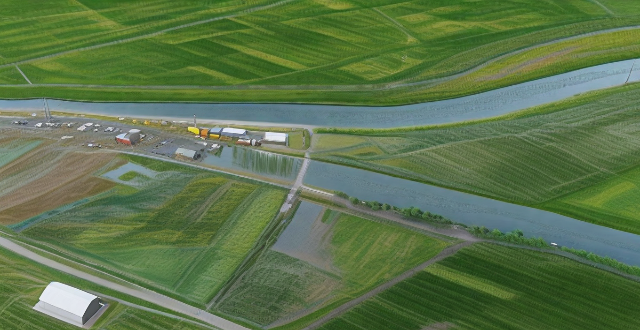
How can climate data analysis help in disaster risk reduction and management ?
Climate data analysis is crucial for disaster risk reduction and management. It helps identify high-risk areas, predict future weather patterns, develop mitigation strategies, and enhance disaster response and recovery efforts. By analyzing past and current climate data, we can better prepare for and respond to natural disasters such as floods, hurricanes, wildfires, and droughts.
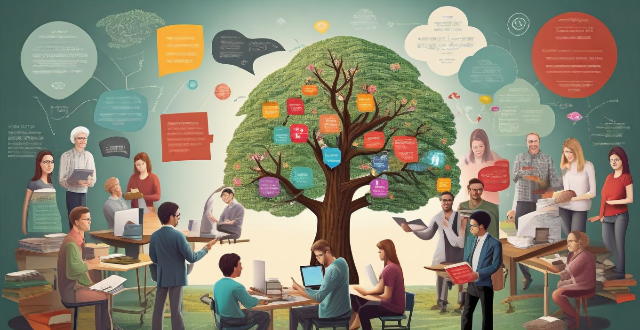
How important is public awareness and education in the context of disaster risk management ?
Public awareness and education are vital in disaster risk management, enhancing community preparedness, reducing vulnerabilities, promoting resilience, and encouraging community engagement. Examples like Hurricane Katrina and the Japan Earthquake and Tsunami highlight the importance of these initiatives in saving lives and minimizing damages during disasters.

How can climate services help in disaster risk reduction ?
Climate services play a crucial role in disaster risk reduction by providing essential information and tools that help communities, governments, and businesses to anticipate and respond to the impacts of climate change. These services encompass a range of activities, including weather forecasting, climate monitoring, and the development of early warning systems. Climate services contribute to disaster risk reduction through several strategies, including risk assessment, preparedness planning, early warning and response, and recovery and resilience building. By leveraging these services, societies can build resilience against the increasing challenges posed by a changing climate.
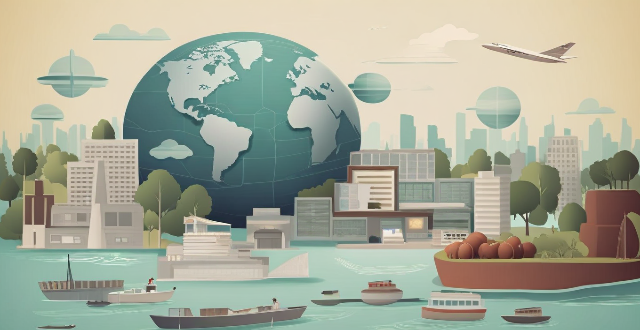
How can satellite communication be used for emergency response and disaster relief ?
Satellite communication is critical in emergency response and disaster relief, offering global coverage, high availability, scalability, and multipurpose use. It enables immediate alerts, coordination, resource deployment, and medical assistance during emergencies. In disaster relief, it aids damage assessment, information dissemination, infrastructure recovery, and aid distribution. Key technical aspects include satellite phones, VSAT terminals, and data collection through sensors. Proper logistics such as training, maintenance, and partnerships with service providers are crucial for effective utilization. Satellite communication significantly enhances the capability to respond to natural disasters and emergencies, reducing their impact on lives and properties.

How do insurance mechanisms support disaster risk management and recovery processes ?
Insurance mechanisms play a vital role in supporting disaster risk management and recovery processes, providing financial protection to individuals, businesses, and governments against the economic impacts of natural disasters. They encourage risk mitigation measures, offer financial protection through various policies, facilitate recovery and reconstruction, invest in catastrophe modeling and research, and create public-private partnerships to improve disaster preparedness and response.

What are the common challenges faced while implementing disaster risk management plans ?
Disaster risk management plans are essential for organizations and communities to prepare for, respond to, and recover from disasters. However, implementing these plans can be challenging due to various factors such as limited resources, lack of awareness and preparedness, coordination and communication issues, legal and regulatory constraints, unpredictable nature of disasters, inadequate technology and infrastructure, cultural differences and perceptions, and lack of trust in government institutions.

How does climate change affect disaster risk management strategies ?
The article discusses how climate change affects disaster risk management strategies. It explains that as the Earth's climate warms, extreme weather events such as hurricanes, floods, and wildfires are becoming more frequent and severe. This means that disaster risk management strategies must be adapted to address these new challenges. The article explores the increased frequency of extreme weather events, changes in agriculture and food security, and impacts on human health. It suggests that disaster risk management strategies should focus on improved forecasting, infrastructure improvements, evacuation planning, sustainable farming practices, crop diversification, food storage and distribution systems, healthcare infrastructure, public health education, and disease surveillance. By taking these steps, we can better prepare for and respond to natural disasters in a changing climate.

Can you give examples of best practices in disaster risk management from different countries ?
Disaster risk management is a crucial aspect of ensuring the safety and well-being of communities worldwide. Here are some examples of best practices in disaster risk management from different countries: Japan is known for its advanced earthquake preparedness and response systems, including an early warning system, regular drills and training, and strong building codes. The United States has a well-established emergency management system that includes community preparedness programs, an integrated emergency management system, and public awareness campaigns. Norway has developed an early warning system for landslides, flood forecasting models, and avalanche mitigation strategies to protect against natural disasters. India has implemented a cyclone preparedness program, flood forecasting and early warning systems, and earthquake-resistant construction techniques in high-risk areas.

What is the role of international organizations and cooperation in enhancing global disaster risk management ?
The text discusses the importance of international organizations in disaster risk management. It mentions their role in promoting cooperation, developing policies, coordinating resources, building capacity, advocating for risk reduction, and facilitating research. The text concludes that these efforts are crucial for creating a resilient world capable of withstanding natural disasters while minimizing loss of life and property damage.

What is the relationship between climate finance and disaster risk reduction ?
Climate finance and disaster risk reduction are interconnected concepts that address the impacts of climate change. Climate finance provides funding for projects aimed at reducing greenhouse gas emissions and adapting to climate change, while disaster risk reduction involves strategies to minimize the potential impacts of natural disasters on communities and infrastructure. The relationship between the two lies in their shared goal of addressing climate change, with climate finance supporting disaster risk reduction through funding for adaptation measures, investments in vulnerable communities, promoting sustainable development, encouraging innovation, and strengthening institutional capacity.

What kind of insurance coverage should I have for disaster preparedness ?
When it comes to disaster preparedness, having the right insurance coverage is crucial. Here are some types of insurance that you should consider: - Homeowners Insurance: Covers the structure of your home, personal belongings, and provides temporary housing expenses if you cannot live in your home due to a covered loss. - Flood Insurance: Covers damage to your home and its contents caused by flooding and requires an Elevation Certificate. - Earthquake Insurance: Covers damage to your home's structure and personal belongings caused by an earthquake. - Windstorm/Hurricane Insurance: Covers windstorm or hurricane damage with a specific deductible and exclusion clauses. - Liability Insurance: Covers bodily injury or property damage that you cause to others and provides additional liability coverage beyond standard policies. - Business Insurance: Covers lost income and extra expenses if your business is interrupted by a disaster and damage to your business property. - Life Insurance: Provides coverage for a specific period of time or lifetime coverage and builds cash value over time. - Health Insurance: Ensures coverage for medical expenses related to disasters and ER visits during emergencies.

How does disaster risk management help in reducing the impact of natural calamities ?
Disaster risk management is crucial for reducing the impact of natural calamities. It involves risk assessment, reduction, emergency preparedness, and response and recovery efforts. Effective disaster risk management can save lives, protect property, maintain economic stability, and enhance community resilience. It reduces the impact of natural calamities through early warning systems, structural improvements, education and awareness programs, emergency response plans, and recovery efforts. By implementing these components, we can build more resilient societies capable of withstanding natural disasters.

What steps should I take to prepare my home for a natural disaster ?
Preparing your home for natural disasters is crucial to ensure the safety of your family and property. Here's a summary of key steps: 1. **Assess Your Risk**: Identify potential disasters and determine your vulnerability based on location. 2. **Develop an Emergency Plan**: Create and practice a plan outlining evacuation routes and meeting places. 3. **Secure Your Home**: Take measures like securing loose objects, reinforcing windows/doors, installing shutters, anchoring furniture, trimming trees, clearing gutters, inspecting the roof, and considering a sump pump. 4. **Maintain Essential Supplies**: Stock up on food, water, medication, first aid kits, backup power sources, important documents in waterproof containers, and prepare an emergency kit. 5. **Stay Informed**: Keep updated on weather conditions and sign up for emergency alerts. By following these steps, you can significantly reduce the risks associated with natural disasters and ensure better preparedness and recovery.
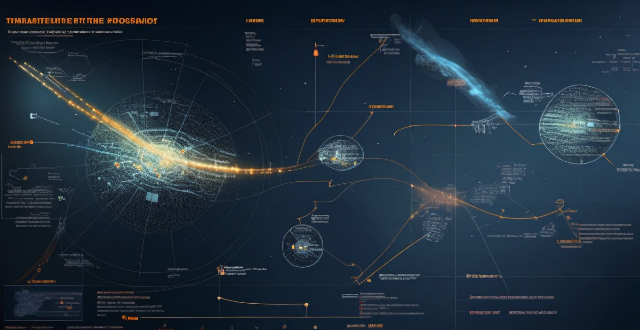
How do communication satellites contribute to disaster response and relief efforts ?
Communication satellites are vital for disaster response and relief efforts, providing real-time information, surveillance, coordination, emergency communications, and aiding search and rescue operations. They enable quick decision-making and efficient resource allocation during emergencies.

What role does technology play in modern disaster response and recovery ?
Technology plays a vital role in modern disaster response and recovery by enhancing early warning systems, improving communication and coordination, and enabling efficient data collection and analysis.

What is the role of climate model predictions in disaster preparedness ?
Climate model predictions are crucial for disaster preparedness, helping to understand climate change impacts, improve response planning, enhance community resilience, and promote sustainable development.

How can developing countries benefit from climate information sharing ?
Climate information sharing is vital for developing countries to address climate change challenges, offering benefits such as improved agricultural planning, disaster risk reduction, public health protection, economic development, and informed policy-making. By utilizing this data, these nations can adapt to environmental changes, build resilience, and ensure sustainable growth.
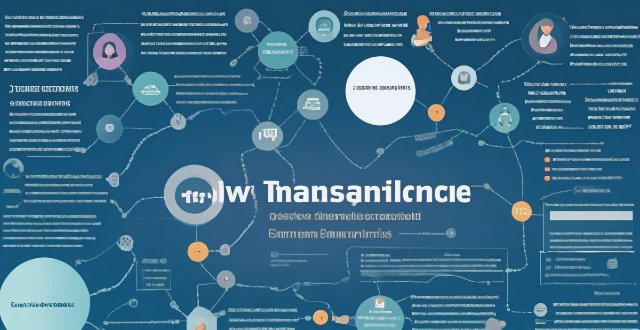
What role do technology and data analytics play in improving disaster risk management strategies ?
This article explores how technology and data analytics can be used to improve disaster risk management strategies. It discusses the identification of potential hazards, assessment of vulnerabilities and capacities, monitoring and early warning systems, response coordination and information sharing, and recovery planning and implementation. The article emphasizes that technology and data analytics play a crucial role in enhancing preparedness, response, and recovery efforts, and predicting future disaster events based on historical data.
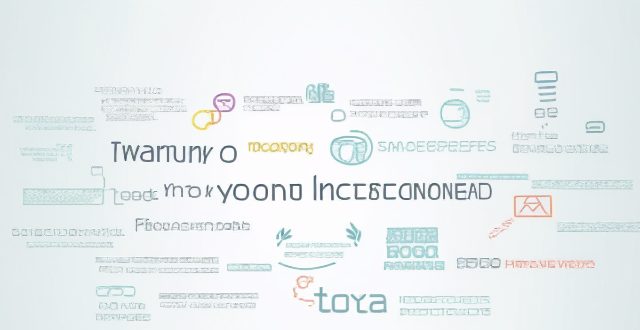
How can I protect my personal information online ?
In today's digital age, protecting your personal information online is crucial. To safeguard sensitive data, one should use strong and unique passwords, keep software and systems up-to-date, be careful with public Wi-Fi networks, be wary of phishing attacks, and limit the amount of personal information shared online. These steps can significantly reduce the risk of having personal information compromised online.

How can countries prepare for and respond to climate disasters ?
Climate disasters are becoming more frequent and severe due to climate change. Countries need to prepare for and respond to these disasters effectively to minimize the damage caused. In this article, we will discuss some strategies that countries can adopt to prepare for and respond to climate disasters.
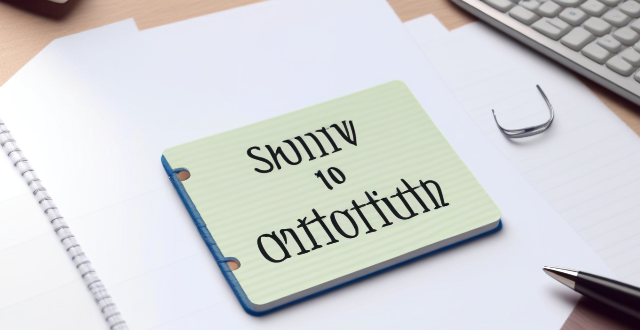
What are some best practices for protecting sensitive information on social media ?
Protecting sensitive information on social media is crucial in the digital age. To safeguard your personal data, follow these best practices: use strong passwords and a password manager; enable two-factor authentication; be cautious with personal information sharing; adjust privacy settings to restrict access; install anti-malware software; be wary of phishing scams; and always log out of accounts, especially on public devices. These steps will help ensure your online presence is secure.

What are the potential economic benefits of sharing climate information ?
The potential economic benefits of sharing climate information include improved decision making through better planning and management, risk assessment and mitigation, increased efficiency and productivity, innovation and new business opportunities, and growth of the green economy. By leveraging this information effectively, businesses, governments, and individuals can adapt to changing climatic conditions while minimizing risks and maximizing economic gains.
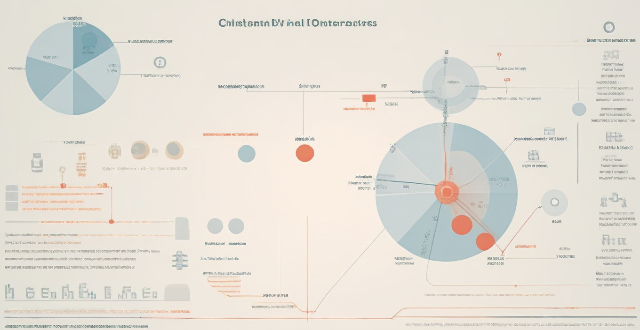
What is the importance of sharing climate information globally ?
Sharing climate information globally is crucial for understanding, predictSharing climate information globally is crucial for understanding, predictating the effects of climate change aids in modeling and forecasting future scenarios, and contributes to the development of early warning systems. Additionally, it fosters innovation, collaboration, and the formation of international agreements and policies related to climate change.

What measures can be taken to manage risks related to urbanization and its impact on disasters ?
The provided text discusses the importance of managing risks related to urbanization and its impact on disasters. It outlines key measures including land use planning, infrastructure resilience, environmental stewardship, community engagement, legislation and policy making, and technology and innovation. These measures aim to make cities more resilient to natural disasters and ensure the safety and well-being of their inhabitants.

How can I avoid information overload when taking notes ?
When taking notes, it's easy to become overwhelmed by the sheer volume of information. However, there are strategies you can employ to avoid information overload and ensure that your note-taking is effective and efficient. Here are some tips: 1. Prioritize Information: Determine what information is most important and relevant to your needs. Focus on key concepts, main ideas, and supporting details that are directly related to your goals or assignment requirements. This will help you filter out extraneous information and prevent you from feeling overwhelmed. 2. Use a Systematic Approach: Develop a consistent system for organizing your notes. This could involve using headings, subheadings, bullet points, or numbered lists to break down information into manageable chunks. By doing so, you'll be able to quickly identify and locate specific pieces of information later on. 3. Take Breaks and Review: Taking regular breaks while studying or attending lectures can help reduce cognitive fatigue and improve focus. During these breaks, review your notes briefly to reinforce key concepts and identify areas that may need further clarification or elaboration. 4. Summarize and Paraphrase: Instead of trying to capture every word verbatim, summarize or paraphrase key points in your own words. This not only helps with retention but also encourages active learning as you process the information more deeply. 5. Use Visual Aids: Incorporating diagrams, charts, or other visual aids into your notes can help simplify complex information and make it easier to understand and remember. These tools can also serve as helpful reminders when reviewing your notes later on. By implementing these strategies, you can effectively manage the amount of information you encounter during note-taking sessions and avoid feeling overwhelmed or stressed out. Remember, the goal is not to capture every detail but rather to distill key concepts and retain them for future reference.

How can disaster risk management contribute to sustainable development goals ?
Disaster risk management is a crucial component of achieving sustainable development goals (SDGs). By reducing the impact of natural disasters and other emergencies, it helps to protect lives, livelihoods, and infrastructure. This supports the achievement of several SDGs, including poverty reduction, health promotion, education enhancement, and economic growth stimulation. Disaster risk management contributes significantly to poverty reduction by safeguarding people's homes, businesses, and infrastructure from damage or destruction. It also promotes health and well-being among affected populations by minimizing the impact of disasters on health facilities and services. Additionally, disaster risk management plays a vital role in ensuring that schools remain operational and accessible during and after disasters, promoting equitable access to learning opportunities. Lastly, it supports economic stability and growth by protecting critical infrastructure such as transportation systems, communication networks, and power grids.